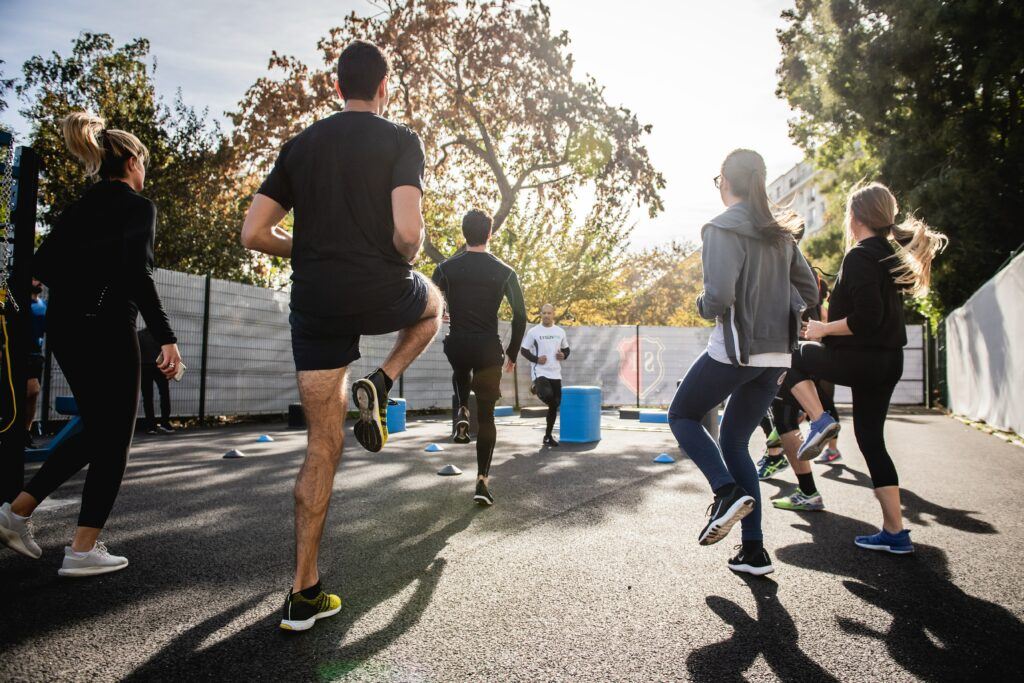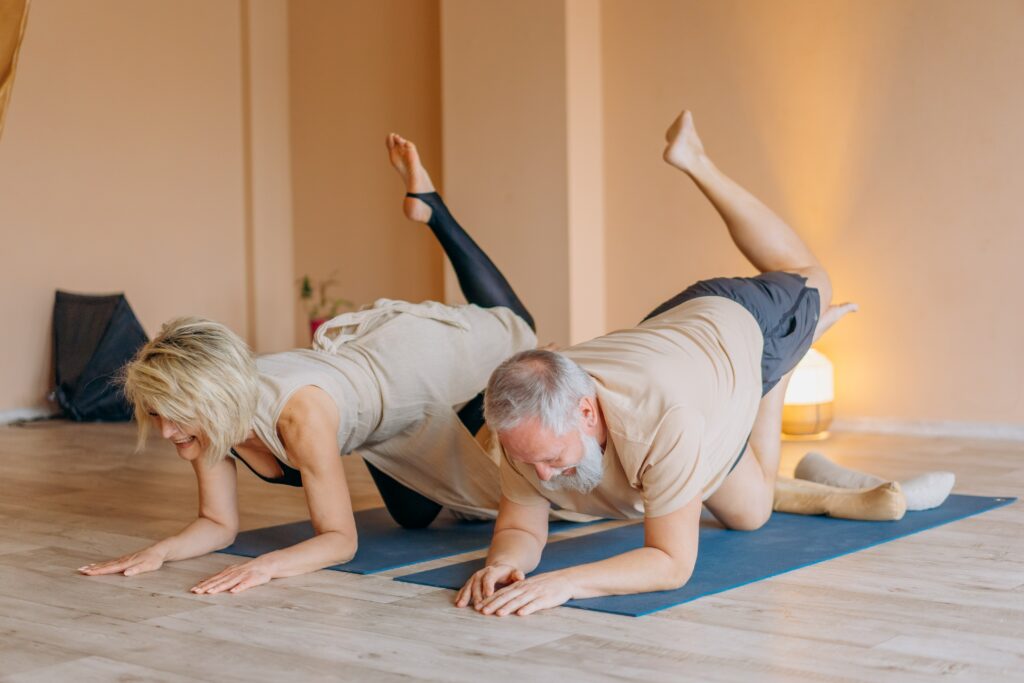Globally, the COVID-19 pandemic is a first of its kind. Social distancing policies have been put into place all over the world. Governments use standard tactics to restrict people’s everyday activities and urge them to stay at home for their safety. Because of this, most people will be spending most of their time at home. As a result of these exclusionary social policies, people are deprived of more opportunities to engage in Physical Activity. It’s essential if activities like commuting by foot or bicycle or taking part in a pastime like these are prohibited.
Taking severe measures like these also makes it much simpler to sit around at home for lengthy periods without moving around much. People worldwide are in mental health, and well-being is likely to suffer due to this physical inactivity. While it is crucial and necessary to implement these social distancing tactics, they are not without flaws. Our bodies and minds continue to benefit from regular activity.

It is significantly more critical in the event of a COVID-19 pandemic. If you can only get away from your desk for a few minutes to take a stroll or stretch, do so. Strength and balance training are frequently overlooked when it comes to exercising. Furthermore, many people pay attention to the aerobic fitness aspect and its associated benefits. Physical inactivity costs the world an estimated 5.3 million lives each year.
The COVID-19 epidemic, as well as the broader impact, must consequently be minimized. Long-term degenerative conditions will plague it. Even a little bit of these is preferable to doing nothing, according to the WHO 2020 Guidelines. Even if the suggested limits are not reached (this is a very positive message for much of the population who fall well short of the desirable minimum). Teens and children and between the ages of 5 and 17 are considered in their developmental stage.
For children and adolescents, Physical Activity is advised that they engage in at least 60 minutes of moderate-to-vigorous physical exercise every day, spread out over the week. Aerobic exercises at a high level of effort (e.g., running). Activities that increase muscle and bone, such as jumping or lifting weights, should be performed at least three days a week by the athlete. Should limit sedentary time in children and teenagers. Social media and video gaming use, in particular, is a problem for many people.

Adults and the elderly, especially those with long-term illnesses or physical disabilities:
As adults, 150-300 minutes of moderate-intensity aerobic activity per week can significantly impact health (e.g., brisk walking). Alternatively, 75-150 minutes of intense Physical Activity (e.g., running) each week is recommended. As a general rule, 1 minute of strenuous activity equals 2 minutes of moderate exercise. Brisk walking, stair climbing, cycling, swimming, or running are all examples of aerobic activities. It is recommended that adults participate in at least two days per week of muscle-strengthening activities that target big muscle groups.
Can include the use of weights or just one’s body weight in these types of workouts (e.g., push-ups, chin-ups, sit-ups). As well as at home, in the gym, or public areas like parks. Older individuals are urged to participate in “multicomponent” activities on three or more days a week. Multicomponent exercises include dancing, which enhances aerobic capacity and balance. Can improve balance and upper body strength by practicing bicep curls while standing on one foot. As adults, we should limit our sedentary periods and strive to replace them with any activity (including slow walking or moving about).

Pregnancy and postpartum physical activity:
Pregnant women are no longer required to take a break because of the outdated assumption that they should. Those pregnant women who engage in regular physical exercise should anticipate having better health outcomes, as well as improved health for their unborn babies. At least 150 minutes of moderate-intensity physical exercise should be performed each week by pregnant women and those who have just given birth. We are combining cardiovascular, strength-building, and stretching routines.
Before becoming pregnant, women who frequently engaged in high-intensity activities could continue these activities during and during their pregnancy. In 2020, a study indicated a substantial decrease in the risk of severe COVID-19 infection among infected patients. In the past few years, those who had consistently adhered to the recommended physical levels. Patients with less Physical Activity in COVID-19 were also more likely to develop COVID-19.
COVID-19 individuals who were persistently inactive had a higher probability of acquiring severe disease outcomes or dying than those who suggested. Being physically active during the COVID-19 epidemic will be difficult for all of us. However, finding and planning ways to remain active and limit our time sitting is vital. It doesn’t matter if we’re moving about our neighborhood, town, city, country, etc. And while the globe may be constrained, we all must move more and sit less. Because it boosts the immune system and lowers inflammation, illnesses may be less severe.

Common chronic illnesses that raise the risk of severe disease can be improved by regular exercise. COVID-19. People who engage in regular Physical Activity experience less anxiety and depression. Can regulate cortisol levels through this activity. An unbalanced level of the stress hormone cortisol is created, which harms immunological response and inflammation. Although we are living in unprecedented times, the pandemic’s effects and consequences are still being discovered. Lockdown or limited movement about activity and periods of restraint.
This epidemic is still in its infancy, and there is some evidence to back it up. Until several months have passed, we will not be aware of the full extent of the repercussions of the “lockdown,” nor will we be mindful of how long it will endure. There is currently a lockdown or limited movement policy and social estrangement in many countries around the world. People in some nations are only allowed to exercise outdoors because of harsher regulations. People should only be allowed to exercise outside if they can leave their homes once a day.
They had to leave their houses for a particular amount of time or even forbid them from exercising outside of the house. Each country and the magnitude of the COVID-19 outbreak in that country have their own set of limits and constraints. According to the media, Physical Activity and various lockdown tactics may have a favorable influence on people’s activity levels. Reports have surfaced of increasing the number of people out and about exercising, such as jogging, biking, or walking.



